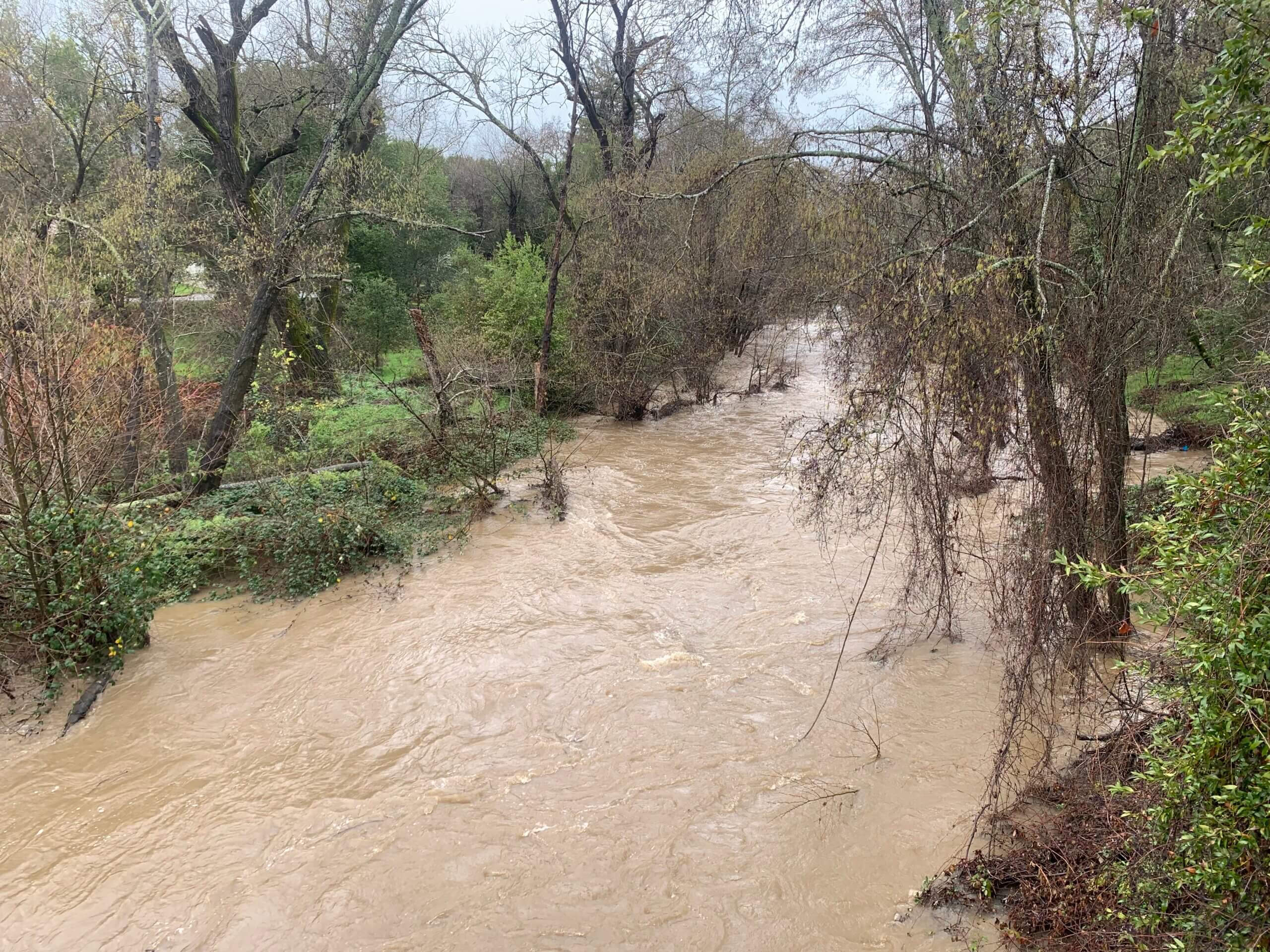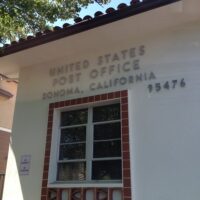I have spent many a recent winter praying for rain, and this season, its finally came! Beginning in late December, we saw storm after storm pummel our state – sometimes you get more than what you asked for.
Climate change has pushed our county into greater weather extremes, most recently with punishingly dry years and their associated fire risks followed by a deluge of atmospheric rivers and subsequent flooding, fallen trees, and mudslides. While Sonoma County escaped some of the more extreme flooding predictions and other storm induced damage experienced by other counties across the state, we tragically lost several lives locally. I am deeply saddened for and share my condolences with the families and friends who lost loved ones to the storms.
Through mid January, 19 inches of rain fell on Santa Rosa, and even more in other coastal and mountain regions of our county. The county activated its Emergency Operations Center in response to flooding, power outages, road closures, property damage, and more, with communities along the Russian River from Healdsburg to Jenner under an evacuation warning for seven days. The storms caused over $20 million in damage, which includes damage to public property and private homes.
While we may have avoided some of the more extreme outcomes, the winter storm was still a significant event, and Sonoma Valley and many areas of the County suffered through numerous road closures, including the intersection of 121 and Broadway at Schellville. The volume of water rushing along Sonoma Creek and its tributaries reinforced community understanding of the power of stormwater and vulnerability of creek sheds and properties along the creeks.
One home just south of the Sonoma Developmental Center lost nearly half of its land and bank along Sonoma Creek potentially rendering the family’s home unusable. So far FEMA’s determination regarding assistance for individuals is still under consideration. I am grateful to our county staff, first responders and utility companies for all their hard work addressing a multitude of issues in every corner of our county.
As we have now strung together a few days of sunshine, many of us are looking for silver linings to the wet start to the year, particularly as it relates to our drought outlook and upcoming fire season. I love the daffodils beginning to poke their yellow petaled heads up along our roads and emerging green fields. While we cannot rush to declare that the drought is over (as tempting as that might be!), the recent rains have significantly improved conditions for both Lake Mendocino and Lake Sonoma. Lake Mendocino is now at an above average level, and Lake Sonoma continues to rise after hitting an all-time low point late in 2022 before the rains came. It is absolutely a relief to see our reservoirs bouncing back, but we must remain vigilant with our water saving habits we’ve developed in recent years.
Additionally, the nearly unbroken chain of storms across almost a month resulted in lost wages and lost livelihoods for many of our county’s most vulnerable residents, as well as food and shelter insecurity for those without power for extended periods and the unhoused. At the Board of Supervisors meeting on January 31, we heard a report-out from county staff on their important efforts to stand up Recovery Support Centers in Guerneville and Healdsburg, as well as a support line for residents of the North Coast area.
The Board approved an additional $300,000 to cover partial relief to many out-of-work farmworkers and vineyard workers. I asked the board to consider adding another $350,000 to outreach to those struggling residents in Sonoma Valley and Petaluma Valley. The board will discuss how this additional aid will be distributed.
The funding for this relief came out of a fund approved by the Board of Supervisors during the budget discussions from the PG&E settlement funds – one-time funds to be used for hazard pay during fires and now floods for so many struggling families to pay rent and purchase groceries. One-time funds were important to stand up this effort, but the community — individuals, vintners and growers, businesses, philanthropy – need to come together to sustain a community relief fund for the future.
While I understand the initial focus on areas along the Russian River and coast, with greater flood impacts and more prolonged power outages, I recognized that workers and families in other areas of the county had not been reached sufficiently and were also struggling to make ends meet. The need is deep, and with greater funding, bringing the total to $1 million approved by the Board, I am hopeful we will be able to help more vulnerable members of our communities across the county as they continue to recover from the storms.
In every emergency we experience in Sonoma County, we learn something new, and our winter storms were no exception. Through the longer term, I am interested in addressing areas that flood frequently in the First District, particularly Schellville in Sonoma, which serves as a major transportation corridor. The Board just approved a contract with Sonoma Water for hydrologic modeling of Sonoma Creek and its tributaries. With this data, we can identify likely areas along the creeks to divert stormwater and allow it to infiltrate into the aquifer (an important benefit) and potentially reduce the flooding downstream that perennially inundated lands adjoining creeks, closing roads and damaging farmland and businesses.
We continue to have a few rainy days since the storm event, though none quite as powerful. We need these soft gentle rains to moisten our lands and nourish the emerging plants and trees. There is still a lot of winter and spring ahead and I expect more rain to come.








Be First to Comment